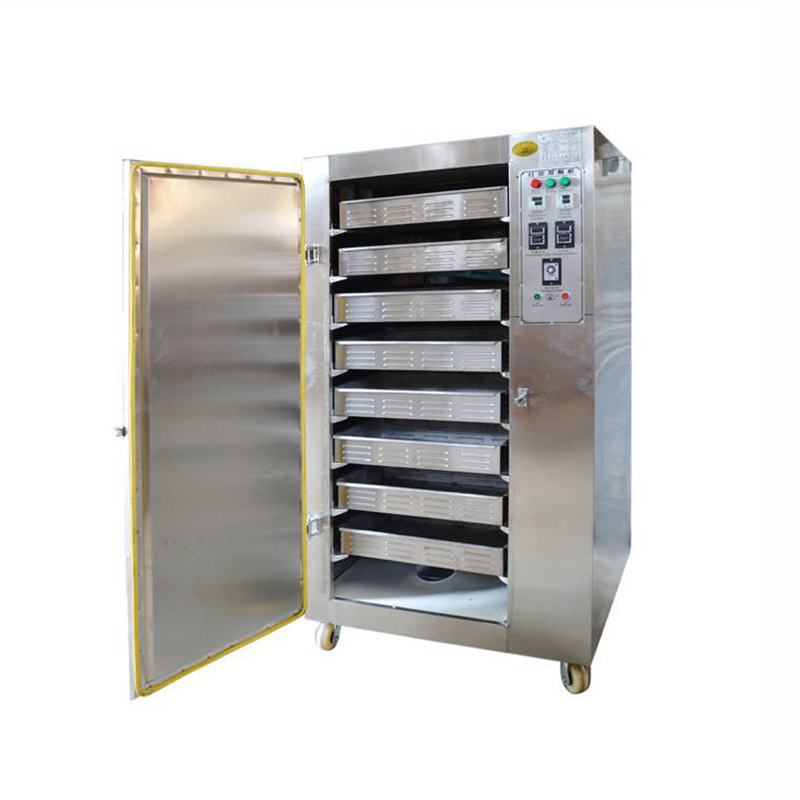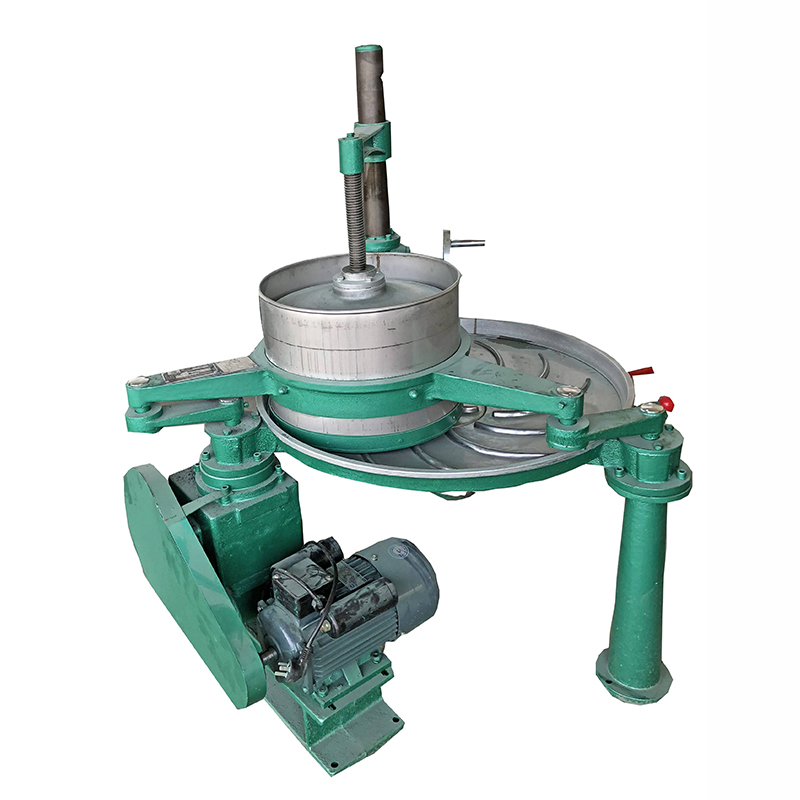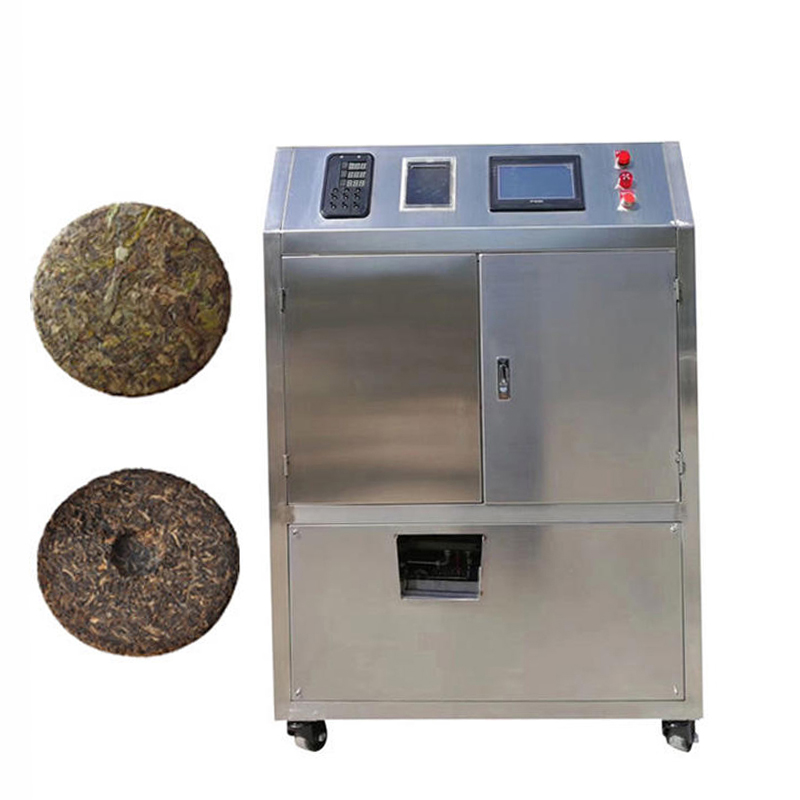What is meant by post-fermentation of tea
Tea leaves are often fermented with the help of a Tea Fermentation Machine, but dark tea belongs to exogenous microbial fermentation, in addition to the enzymatic reaction of the leaves themselves, outside microorganisms also help its fermentation. In English, the black tea production process is described as “oxidation”, i.e. oxidization, while the dark tea is the real fermentation “ferment”.
Fermentation is a unique process of dark tea production. In the dark tea after Tea Rolling Machine twisting, the process of pile is actually the process of fermentation, dark tea pile tight compaction, sprinkled with water, dark tea in the Black Tea Fermentation Processing Machine after a certain degree of humidity and heat control, in the center of the heap when the temperature reaches 70 degrees Celsius, to turn the heap to make the temperature uniform, so that repeated many times. Promote the role of enzymes within the tea, coupled with microbial activity, to promote the transformation of tea.
When everything is just right, the microbes’ own metabolism, coupled with the extracellular enzymes they secrete, can break down many of the tea polyphenols, polysaccharides, protopectin, terpenes, proteins, and other substances in the tea, resulting in the formation of dark tea’s unique aroma and flavor.
And in addition to the Wadding fermentation, dark tea has a unique secondary fermentation, also known as post-fermentation, which is the real killer app of dark tea.
The last process of dark tea is that the tea leaves are pressed into bricks or cakes by the Tea Cake Press Machine to go on a long tea road. On this long road, the tea leaves are usually kept in a ventilated, certain humidity and temperature environment, and then after a few years of natural fermentation, this process is called secondary fermentation, also known as post-fermentation.


